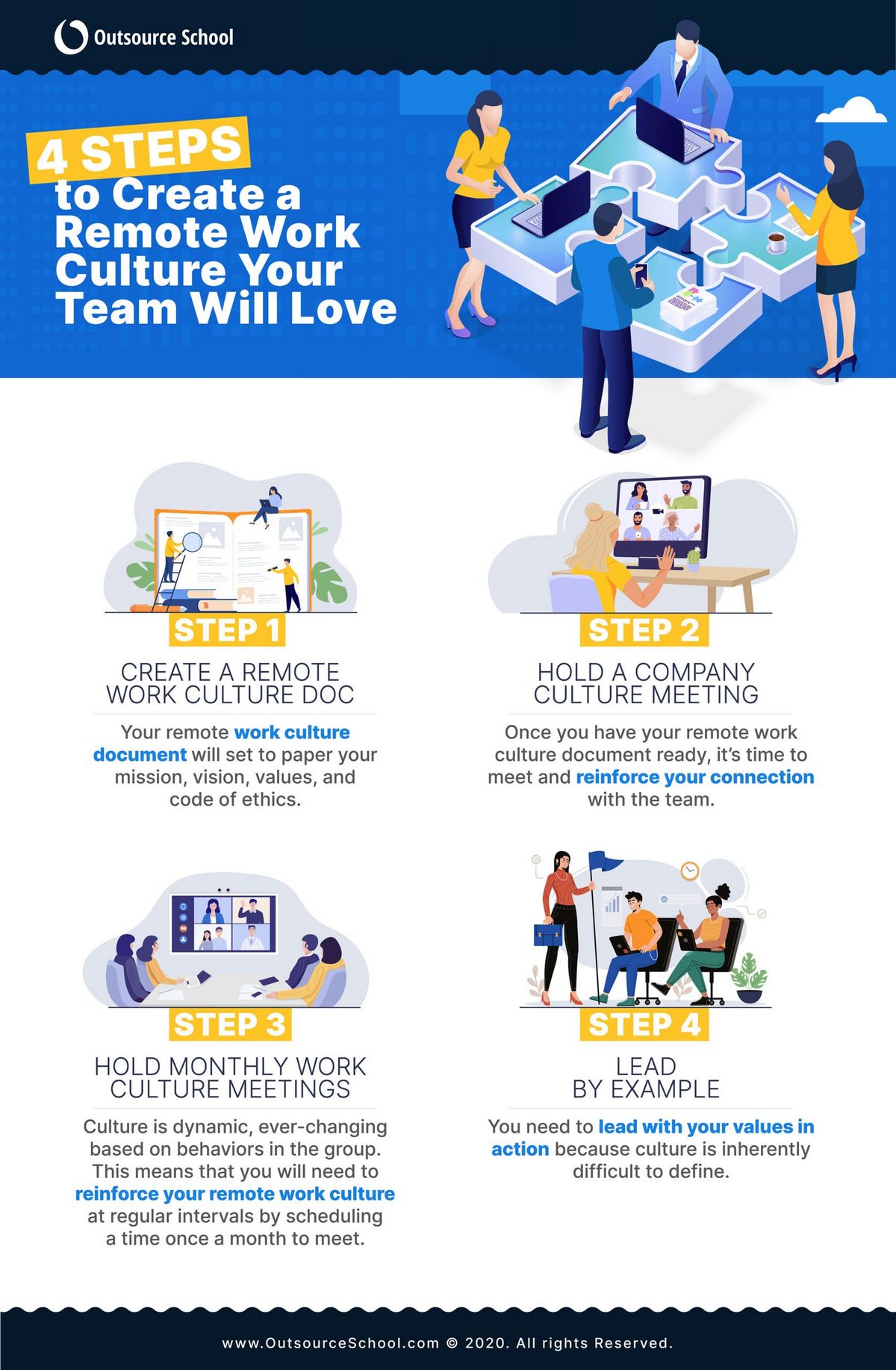
Today, the virtual business model has a new relationship with employees. Instead of meeting face-to-face in the office, teams now only communicate through technology. This can lead to increased productivity and happier employees, but it can also slow down workflows without proper organization. Therefore, it’s important to include remote team and working environment in your business plan. By doing so, you can create seamless workflows more easily.
In this article, we’ll discuss the need for a business plan and how to incorporate remote work into it.
First, let’s consider whether or not you need a business plan. A business plan helps you and potential investors understand your business better. It can provide insights and new ideas. Additionally, having a business plan increases your chances of securing outside investment. Entrepreneurs who write formal plans are more likely to achieve growth.
Now, let’s discuss the importance of including remote work in your plan. Remote work is becoming popular for startups, and it’s crucial to consider various factors, such as communication, engagement, location, productivity, morale, hiring, and tools. By including remote work in your plan, you can overcome potential problems and show investors that you have everything covered.
So, how can you incorporate remote work into your plan? Start by making your objective clear. Define your company, the type of remote workforce you’ll hire, where they will work, and whether your business will be online only. Setting clear objectives helps you understand your startup better and allows for adjustments along the way.
Next, outline remote working guidelines and policies. This helps you communicate your expectations to your remote team and cover all aspects of virtual work, including working hours, communication, cybersecurity, and legal rights.
Cover the location and facilities required for remote work. Ensure that your team has access to necessary equipment, IT support, and a secure work environment. Make it clear who is responsible for equipment repairs and technical support.
Incorporate a communication plan in your business plan. Define the tools your team will use to stay connected and establish rules for communication. Consider time zones and how to minimize delays between team members.
When choosing remote workers, demonstrate that you’re hiring the right candidates. Specify where you’ll be looking for hires and how you’ll create job posts that attract the best workers. Develop an initial screening process, potentially including specific tasks and testing candidates’ performance.
To foster a sense of connection among your remote team, find creative ways to interact. Schedule regular team calls, organize virtual games, and encourage one-on-one conversations. Boost company culture and morale through creative interactions.
Utilize the right tools for effective remote team management. Consider using a business planning solution, project management software, cloud storage, communication tools, and virtual private networks. Specify the tools you’ll use and how you’ll onboard your team.
In conclusion, integrating remote work into your startup business plan doesn’t have to be complicated. It may require extra time and attention, but by covering all the necessary details and using this article as a framework, you’ll be well-prepared to make remote working a success for your business.
Hello!
I’m Andrew Brooks, a seasoned finance consultant from the USA and the mind behind phonenumber247.com.
My career is built on a foundation of helping individuals and businesses thrive financially in an ever-changing economic landscape. At phonenumber247.com, my aim is to demystify the complex world of finance, providing clear, actionable advice that can help you navigate your financial journey with confidence. Whether it’s personal finance management, investment strategies, or understanding the nuances of market dynamics, I’m here to share insights and tools that can propel you towards your financial goals.
Welcome to my digital space, where every piece of advice is a step closer to financial clarity and success!
